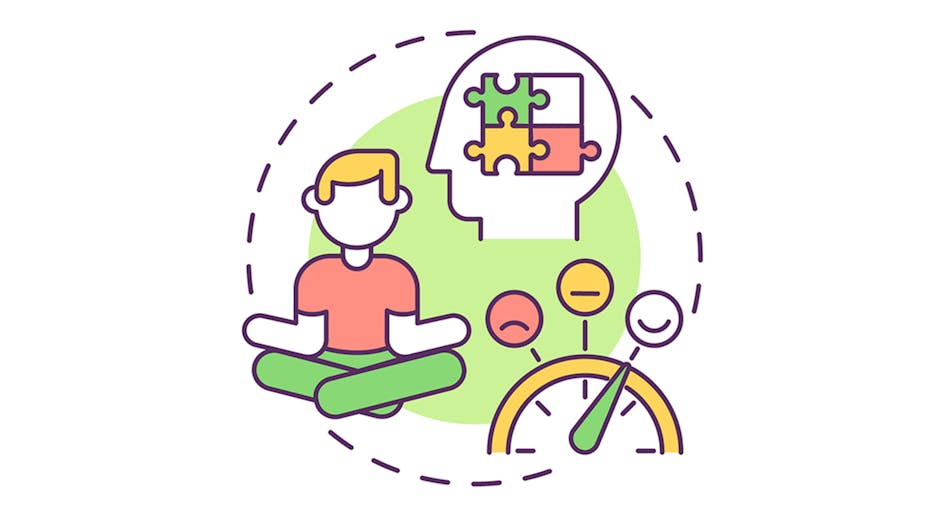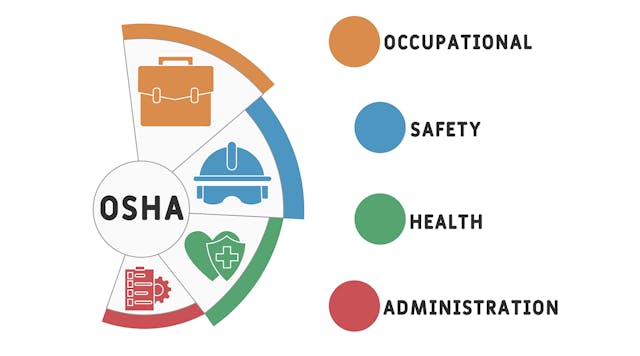By now you undoubtedly have seen news articles about the mental health problems Americans faced following years of pandemic response, economic dislocation and partisan political strife. Many human resource professionals have access to the tools they need to combat this emotional fallout at work, but a substantial number don’t believe they have the resources they need to adequately address the issue.
This was revealed by a survey conducted of more than 3,400 human resources professionals, across a variety of American industries, in organizations of 10 or more employees. The research was organized by the Society for Human Resource Management (SHRM) Foundation with the support of Otsuka Pharmaceutical Co.
Tens of millions of U.S. workers are experiencing mental health issues and are less productive because of it, inundating organizations with a vast array of new challenges, the SHRM Foundation has found. “Mental health issues such as burnout and stress are hampering short-term productivity and long-term business growth,” the organization says.
About one in five (21%) of the survey respondents working for organizations that don’t offer mental health benefits say their organizations lack the resources needed to address mental health, while another 21% of respondents believe that it’s too expensive to act. However, 94% of respondents believe that by offering mental health resources, organizations can improve the overall health of their employees.
In addition, 86% believe that offering mental health resources can increase employee retention, and 72% say they believe such resources attract new talent, while 88% of the respondents believe offering mental health resources can increase productivity, and 78% say such resources can boost an organization’s return on the investment made in them.
This makes it clear that the lack of resources doesn’t mean employers are not aware of the issue and don’t want to address it. “Fortunately for U.S. workers, most organizations are not idle,” the researchers say, adding that 73% of those surveyed said their organizations currently offer workplace mental health resources or plan to offer such resources in the next year. Also, 73% say they already have employee assistance programs (EAPs).
However, while mental health has become recognized as a priority for most organizations, it is not necessarily a top priority, SHRM points out. Fewer than one-third of the respondents (32%) in this survey claim offering mental health resources is a “high priority” for their organization, while another 41% indicate it is a “medium priority.”
“It is clear that the need to establish mental health as a top priority within our organizations is essential,” says Wendi Safstrom, president of SHRM Foundation. “We must act now if we wish to create a world of work that that allows both employers and employees to thrive and lead healthy, productive organizations.”
The research report points out that this need is acute. Of the nearly 53 million adults in the United States with a mental illness, only 46% have accessed mental health services. “While workers need more support from their employers, they don’t necessarily know where to turn within their organizations,” the researchers note.
Hiding in Plain Sight
“The solution,” the SHRM study suggests, “is hiding in plain sight: the HR department. One problem is that all too often workers with mental health issues don’t know where to turn HR professionals can play an essential role in curating mental health resources, connecting workers with support and educating people managers about supporting their staff—all of which help to create a workplace culture that is mental-health-friendly.”
How bad is today’s mental health challenge? One survey respondent declared, “Today’s American workforce is a mental wreck across the board.” Another HR professional said, “I believe there are mental health issues in most industries. The types of issues can vary, but all industries can be affected.”
When you break down the survey results by industry, HR professionals in the healthcare sector (61%) are most likely to indicate that their staff experience more mental health struggles than other industries, in large part due to pandemic-induced stress at work.
Other industries—such as the nonprofit sector (47%), government/public administration/military (41%), and education (39%)—claim their employees are more likely to experience mental health issues than other industries.
Employers heed the warning that taking uninformed action can turn out to be inadequate, the researchers explain. Responses to the mental health crisis need to be supported by regular assessment, where employers monitor and measure the efficacy of existing workplace mental health resources.
“That way, they can adjust and bolster those resources as needed,” they observe. “Low-efficacy mental health resources do little to benefit employees; their presence alone is not enough to combat a crisis.”
However, when you do it right, for every $1 investment in promoting mental health you can see a $3–$5 return, the foundation says. “At today’s crossroads, the bottom line is at stake. The employer/employee relationship is on the line,” the SHRM Foundation says.
To expand the range of resources available to employers and HR professionals, last year SHRM, the SHRM Foundation and Psych Hub created the Workplace Mental Health and Wellness initiative. It includes an eight-module course carrying professional development credit. It covers common mental health conditions, substance use, suicide, safety planning, diversity and bias, and communication skills.
In describing the program, SHRM says it was launched with the goal of eliminating the stigma of mental health in the workplace, foster an organizational culture where mental health can be discussed openly and help organizations build a more complete approach to employee wellness.















































































